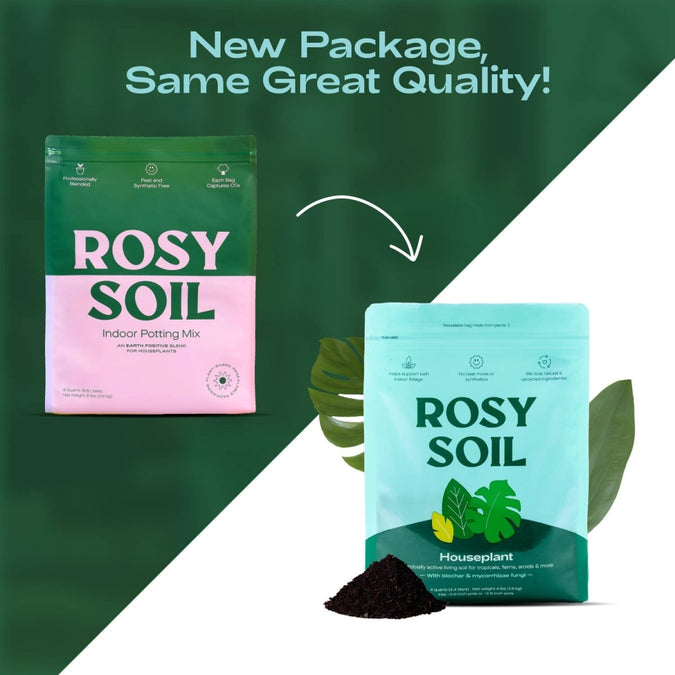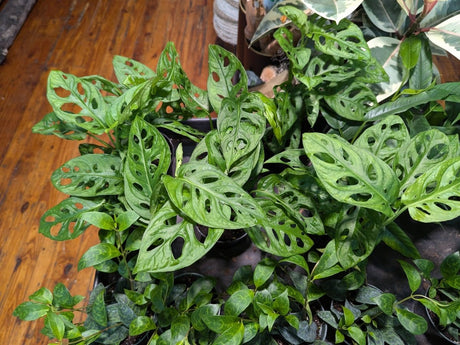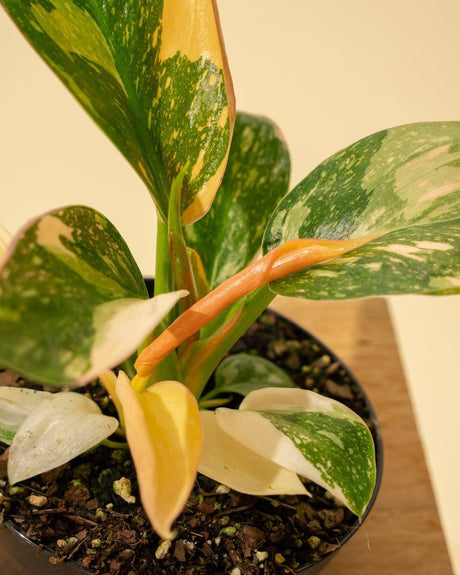What is Bottom Watering? A Houseplant Essential You May Not Know About!
Bottom watering is a plant-care technique where you water your plants from the bottom up. Rather than drenching the soil from the top, bottom watering involves placing your plant pot in a shallow container of water and letting it soak up the moisture through drainage holes. Why? This method promotes healthier roots, better moisture distribution, and reduces common issues like root rot or fungus gnats. Let’s dive into how bottom watering can keep your leafy friends in their best shape!

Why Bottom Watering Works So Well
Unlike top watering, bottom watering encourages roots to stretch downward as they reach for moisture. This leads to stronger, more established roots – the foundation of a healthy plant. Because water is absorbed slowly and evenly from below, bottom watering ensures that the soil isn’t just wet at the surface, which is common with top watering. This also minimizes the risk of waterlogging your plant, a well-known pitfall for many indoor gardeners.
Ready to try bottom watering? Check out our collection of upcycled planters with drainage at Ed’s Plant Shop for the perfect setup.
When Should You Bottom Water Your Plants?
Bottom watering isn’t necessarily a daily practice – it’s best for occasional deep watering. It’s ideal for plants with well-draining soil, especially those that tend to suffer from too much water on their foliage, like African violets or Calatheas. Check your plant’s moisture needs and the soil's dryness by poking a finger a few inches down; if it’s dry, bottom watering can help hydrate the entire root system without the risk of overwatering.
Not sure about your plant’s soil needs? Grab our premium houseplant soil mix that pairs perfectly with bottom watering techniques!

How to Bottom Water Step-by-Step
So, how does one bottom water like a pro? Here’s a quick rundown:
- Fill a Container: Use a shallow dish or tray and fill it with an inch or two of water.
- Place Your Plant: Set the plant pot in the container and let it soak for 15-30 minutes.
- Check Moisture: Touch the soil’s top – if it feels slightly damp, the plant’s had its fill.
- Drain Excess Water: Remove the plant, and allow it to drain out any extra moisture.
Repeat this every few weeks or as needed, depending on your plant’s moisture preferences.
Uncertain about moisture levels still? Consider investing in a moisture meter at Ed’s Plant Shop.

Benefits of Bottom Watering
There are plenty of perks to bottom watering that will make your plants cheer (silently, of course). Here’s why this method is a hit among indoor gardeners:
- Stronger Roots: Root systems grow deeper and more robust as they reach for moisture.
- Balanced Moisture: All the soil absorbs water evenly, preventing dryness in deeper layers.
- Goodbye Fungus Gnats: By keeping the top layer drier, bottom watering discourages those pesky gnats that thrive in damp environments.
- Less Leaf Damage: Bottom watering reduces the chances of leaf mold and rot since the foliage stays dry.
Each of these benefits helps create a thriving indoor garden – healthier plants, fewer pests, and soil that actually stays hydrated.
Which Plants Love Bottom Watering?
Bottom watering isn’t one-size-fits-all, but many popular houseplants thrive with this method. Here are a few that especially benefit:
- Calatheas: Their sensitive leaves appreciate hydration without getting splashed.
- Pothos: A strong root structure does wonders for their lush, trailing vines.
- Snake Plants: Preventing overwatering helps keep these hardy plants thriving.
- African Violets: Bottom watering avoids getting water on the delicate leaves, which can cause leaf spots.
Shop rare Calatheas at Ed’s Plant Shop, ready for a healthy life with bottom watering!

How Often Should You Bottom Water?
A common question with bottom watering is how frequently to do it. Generally, watering frequency will depend on your plant type, pot size, and indoor conditions. Most plants that prefer bottom watering will need it every 1-3 weeks. Keep an eye on the soil’s dryness and adjust based on how thirsty your plants seem to be!
Common Mistakes with Bottom Watering
Bottom watering is mostly straightforward, but there are a few common missteps to watch out for:
- Leaving the Plant Too Long: Don’t let your plant sit in water for hours; this can lead to waterlogged soil and root rot.
- Skipping Drainage: Make sure your pot has proper drainage; otherwise, water can’t be absorbed efficiently.
- Ignoring the Top Soil Layer: Occasionally, give a quick top water to flush any salts or minerals that build up on the soil surface.

Follow these tips, and bottom watering can be a game-changer for your indoor garden.
Final Thoughts: Give Bottom Watering a Try!
Bottom watering may sound unconventional, but the results speak for themselves. This technique can enhance root health, reduce pests, and give your plants the even moisture they need. Ready to put this method to the test? With a little patience and the right pots, bottom watering can turn your plants into healthy, low-maintenance roommates.
















